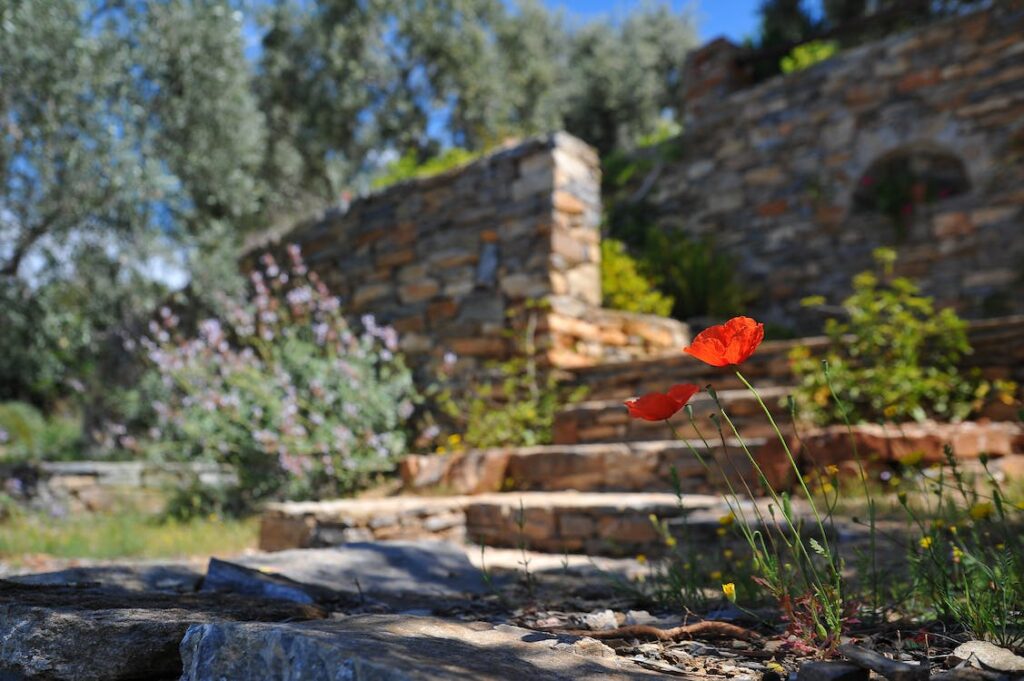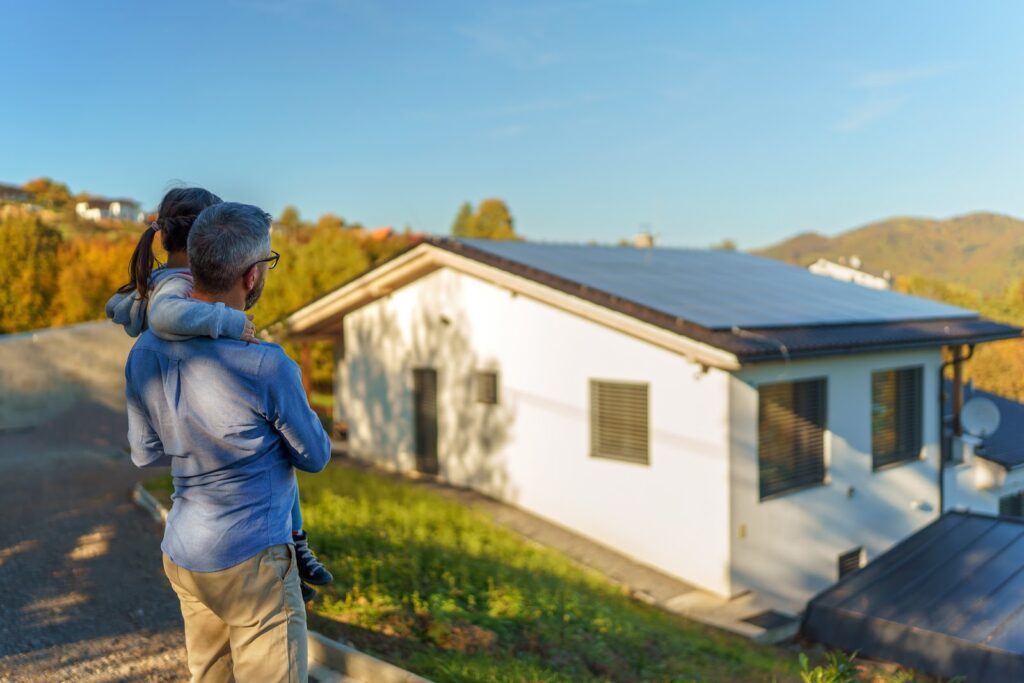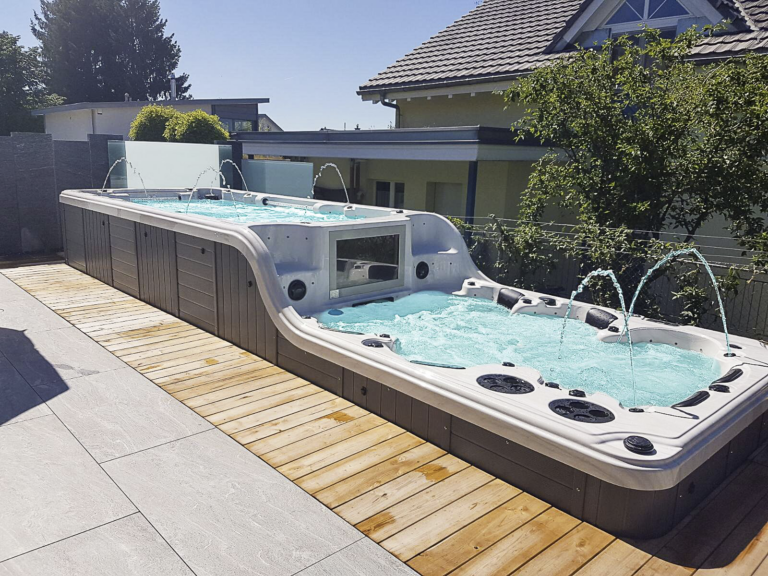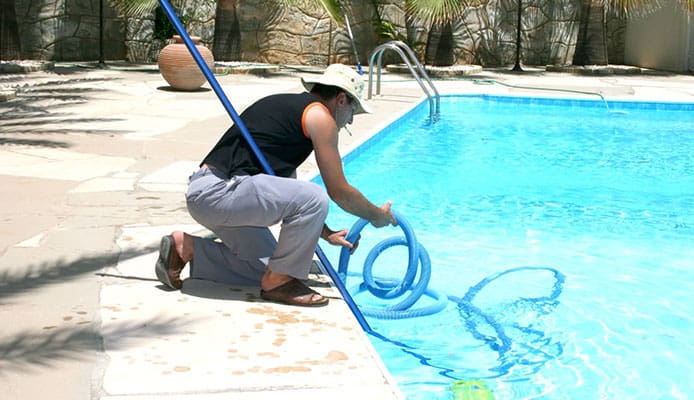8 Amazing Tips to Choose the Right Size of Large Retaining Wall Blocks for Your Project
Retaining walls are an excellent way to add functionality and beauty to your outdoor space. They can be used to create outdoor living areas, garden beds, and terraced gardens.
But choosing the right size of large retaining wall blocks for your project is crucial. The size of the blocks you choose will affect your retaining wall’s overall look, stability, and cost.

We’ll provide some helpful tips on choosing the right size of wall blocks for your project. This expert guide will also help you make the best decision for your project.
Table of Contents
Factors to Consider When Choosing the Right Size of Retaining Wall Blocks
The size of blocks ensures the stability and durability of your retaining walls. Here are some factors to consider when selecting the appropriate size of wall blocks.
Consider the Height of the Wall
The height of your retaining wall will determine the size and weight of the blocks you’ll need. This is key to ensuring your wall can support the soil and prevent erosion.
Smaller blocks with a height of 4-12 inches are suitable for straight walls less than three feet tall. These blocks are lightweight and easy to handle. As such, it makes them ideal for DIY landscaping projects and shorter walls.
For vertical walls taller than three feet, you’ll need bigger retaining wall blocks. These will be heavier and require more equipment to install. So, it’s best to hire a professional contractor. By doing so, you ensure the wall is properly constructed.
Assess the Weight of the Materials to be Retained
Another essential factor to consider is the weight of the materials behind the wall. This includes soil, rocks, or other materials that the retaining wall will hold in place. Assessing this ensures the wall can handle the load without collapsing or shifting.
Larger blocks are generally better for heavier loads. But you’ll also need to consider the height and slope of the retaining wall. Tall walls or steeper slopes may require larger blocks. This is to prevent them from tipping over or sliding out of place.
Check the Local Climate and Soil Conditions
If you live in an area with high levels of precipitation, you need a wall that can withstand these. The same goes for areas with extreme temperature fluctuations.
For example, larger blocks may be better suited for areas with heavy rainfall. This is because they can provide greater stability and prevent soil erosion.
It’s also important to consider the type of soil in your area. For example, if you’re building on clay soil, you may need to choose a larger block size. This is because clay soil is prone to swelling and shrinking with changes in moisture levels.
Ensure Proper Drainage for the Wall
Poor drainage can cause water to build up behind your retaining wall. As such, it can lead to erosion, damage, and even failure of the wall.
You’ll need larger blocks if your site is prone to flash floods or heavy rains. This is to provide proper drainage and prevent water damage to your wall.
Assess the Wall Block Material
Different materials have different strengths and properties. And these can significantly affect the size of the retaining wall blocks you choose.
For example, concrete blocks are a popular choice. They are known for their durability and strength. They can also be better for taller walls. But they can be heavy and difficult to maneuver.
If you’re building a retaining wall in a sloped area, you may need to choose smaller concrete blocks. These will be easier to handle and stack.
Natural stone walls are known for their versatility. They easily blend with most outdoor living spaces. They are also more durable and low-maintenance. But they can be more expensive than other materials.
Consider the Aesthetics of Your Project
Aesthetic appeal is just as important as functionality. The right block size can help create the look and feel you want for your project. This could be a natural, rustic appearance or a modern, sleek design.
Choose larger blocks with irregular shapes if you’re going for a more natural look. These can help create the appearance of natural rock formations.
But if you’re going for a more modern look, blocks with clean and straight lines are the way to go.
Think About the Installation Requirements
It’s also important to consider the installation requirements of retaining wall units. Heavy blocks require more expertise to install than smaller types of blocks.
This isn’t only about the weight of the blocks. You should also take into account the equipment needed to move and place them. It would be best if you also considered the amount of space available for installation.
Calculate the Cost of Your Project
Before you begin your retaining wall project, it’s essential to calculate the cost. Knowing the cost upfront will help you determine if it fits within your budget or if you need to make any adjustments.
The cost will vary depending on several factors. These include the size of the wall and the type of wall material you’ll use. If you have a tight budget, use inexpensive materials like concrete blocks. But, of course, they should still serve their purpose for your outdoor space.
Don’t forget to account for additional costs. These include delivery fees, excavation, and installation costs.
Hiring a Professional to Build Your Retaining Wall
If you’re not confident in your ability to build a retaining wall, or if the project is particularly large or complex, it may be a good idea to hire a professional.
Licensed engineers have the knowledge and skills to build the wall correctly. Similarly, landscape architects can help you with your retaining wall design.
Look for contractors who specialize in retaining walls. They should also have experience with projects similar to yours. Ask for references and check online reviews. This lets you get a better idea of their reputation and track record.
Once you’ve found a few potential contractors, schedule consultations with each one. Ask about their experience and qualifications. Also, inquire about their approach to working on your retaining wall project.
Hiring a professional to build your retaining wall can save you time, money, and stress in the long run. With their help, you can ensure your stunning wall is built to last.
Choosing the Right Block Size for Your Garden Walls
Choosing the right size of large retaining wall blocks for your project is vital for its success. Consider factors such as wall height, weight, and style.

By doing so, you can make an informed decision about your backyard retaining walls. It will also result in a sturdy landscaping feature with maximum visual appeal.
With the right blocks and a little planning, you can create a beautiful structure that will stand the test of time. Happy building!







